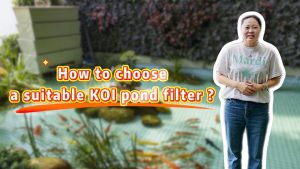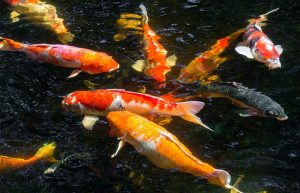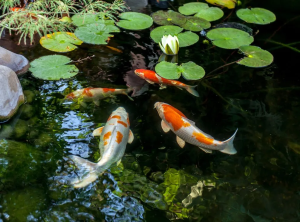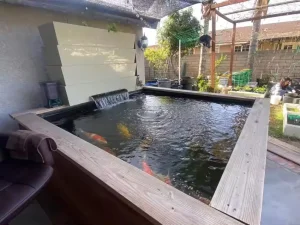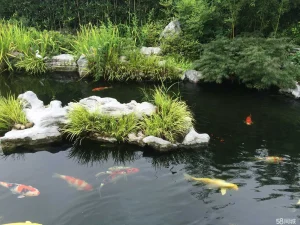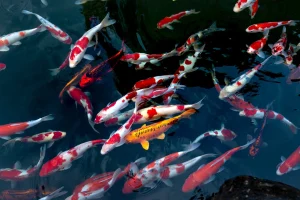Introduction
Koi ponds are a popular choice for homeowners looking to add a touch of beauty and tranquility to their outdoor spaces. However, maintaining the water quality in a koi pond can be challenging. That’s where filtration systems come into play. Two commonly used filtration systems in koi ponds are the Bakki Shower Filter and the Moving Bed Biofilm Reactor (MBBR) Filter. In this article, we will compare and analyze these two filtration systems, considering their effectiveness, maintenance requirements, and overall impact on water quality.
Bakki Shower Filter
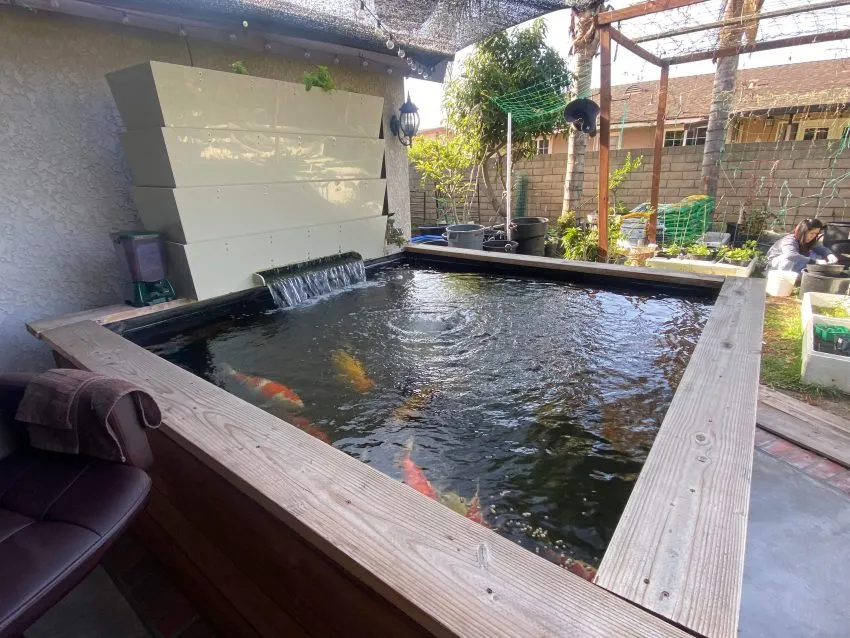
The Bakki Shower Filter is a widely acclaimed filtration system that utilizes a series of cascading filter media to achieve superior water quality in koi ponds. The filter media, typically made of volcanic rock or ceramic materials, provides a large surface area for beneficial bacteria to colonize. These bacteria help break down organic waste and harmful ammonia, resulting in clearer and healthier water.
One of the key advantages of the Bakki Shower Filter is its ability to oxygenate the water. As the water cascades through the filter media, it comes into contact with the air, allowing for efficient oxygen transfer. This oxygenation not only benefits the koi by providing them with oxygen-rich water but also promotes the growth of beneficial bacteria.
Maintenance of the Bakki Shower Filter is relatively straightforward. Regular cleaning of the filter media is necessary to prevent clogging and maintain optimal filtration efficiency. However, the frequency of cleaning will depend on factors such as fish load and feeding habits.
MBBR Filter
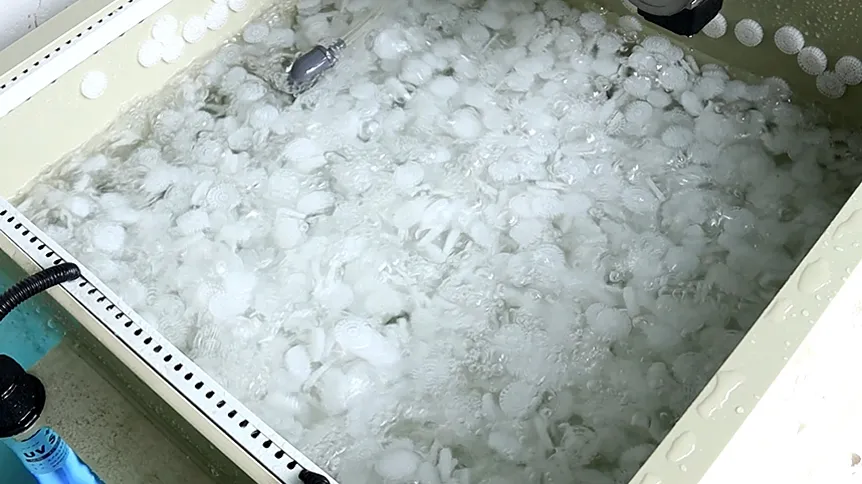
The MBBR filter is a biological treatment process that uses a combination of physical and biological mechanisms to remove contaminants from water. It consists of a series of plastic media, known as biofilm carriers, which provide a large surface area for the growth of microorganisms. These microorganisms form a biofilm on the media and break down organic matter and pollutants present in the water.
One of the key advantages of the MBBR filter is its high treatment efficiency. The large surface area provided by the biofilm carriers allows for a high concentration of microorganisms, resulting in a more effective degradation of pollutants. Furthermore, the continuous movement of the media within the reactor ensures that the microorganisms are constantly exposed to fresh wastewater, optimizing their performance.
Compere
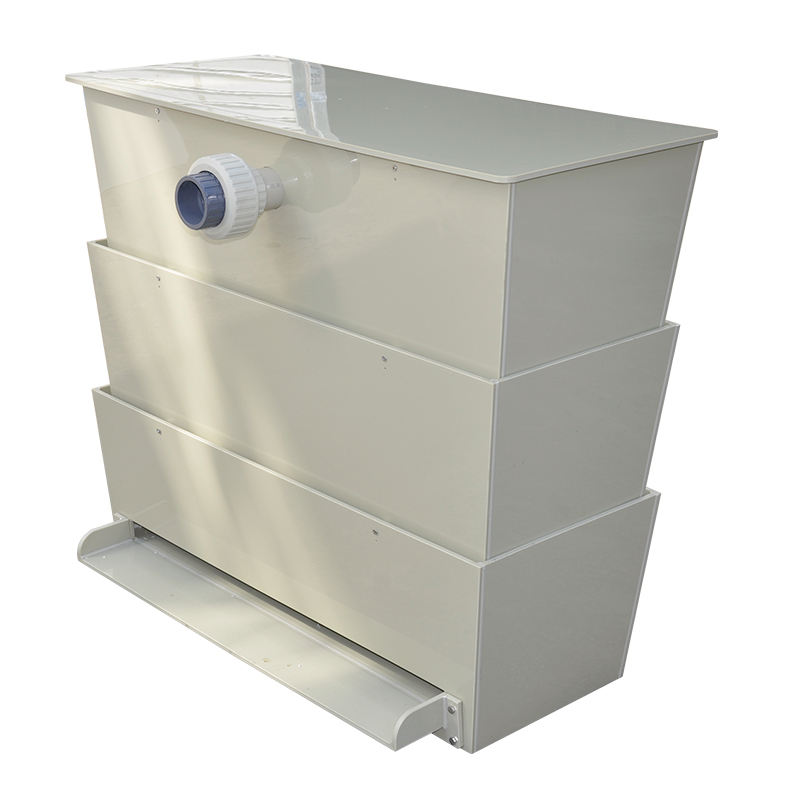
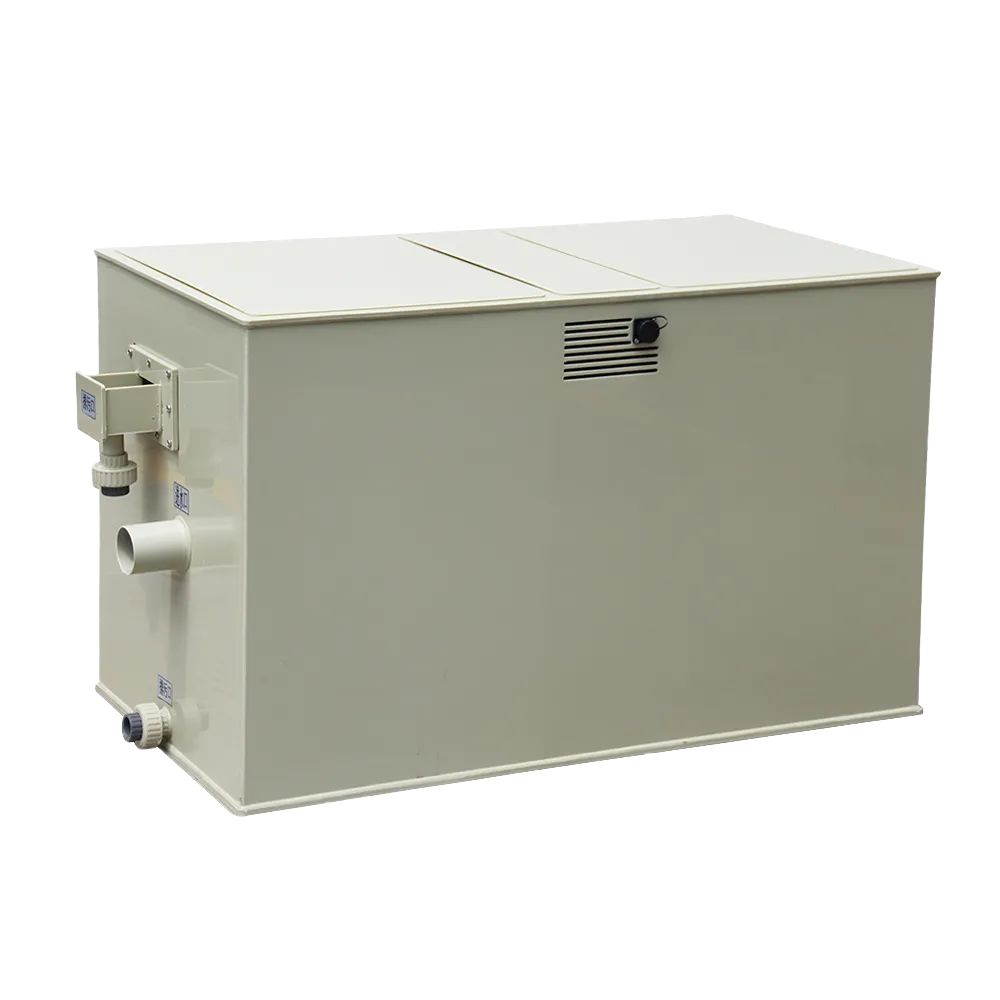
When it comes to comparing the Bakki shower filter and the MBBR filter in the context of a koi pond, there are a few key factors to consider. Both filters serve the purpose of maintaining water quality and providing a healthy environment for the koi, but they differ in their mechanisms and effectiveness.
The Bakki shower filter is renowned for its ability to provide excellent water quality by utilizing a series of cascading trays that create a turbulent flow. This turbulent flow helps in maximizing oxygenation and promoting the growth of beneficial bacteria, which aids in the breakdown of harmful substances such as ammonia and nitrites. The Bakki shower filter is also known for its efficiency in removing solid waste particles, resulting in crystal clear water.
On the other hand, the MBBR (Moving Bed Biofilm Reactor) filter operates on a different principle. It consists of a submerged bed of plastic media that provides a large surface area for the growth of beneficial bacteria. These bacteria form a biofilm on the media, which helps in the breakdown of organic waste. The MBBR filter is highly effective in removing ammonia and nitrites and is known for its stability and ease of maintenance.
In terms of comparison, the Bakki shower filter excels in water clarity and oxygenation, making it ideal for koi ponds where visual appeal is important. It is also highly efficient in removing solid waste particles. On the other hand, the MBBR filter is excellent at removing ammonia and nitrites, making it a reliable choice for maintaining water quality. It requires less frequent cleaning and is relatively easy to maintain.
Ultimately, the choice between the Bakki shower filter and the MBBR filter depends on the specific needs and priorities of the koi pond owner. Both filters have their own unique advantages and are capable of providing a healthy environment for koi.

